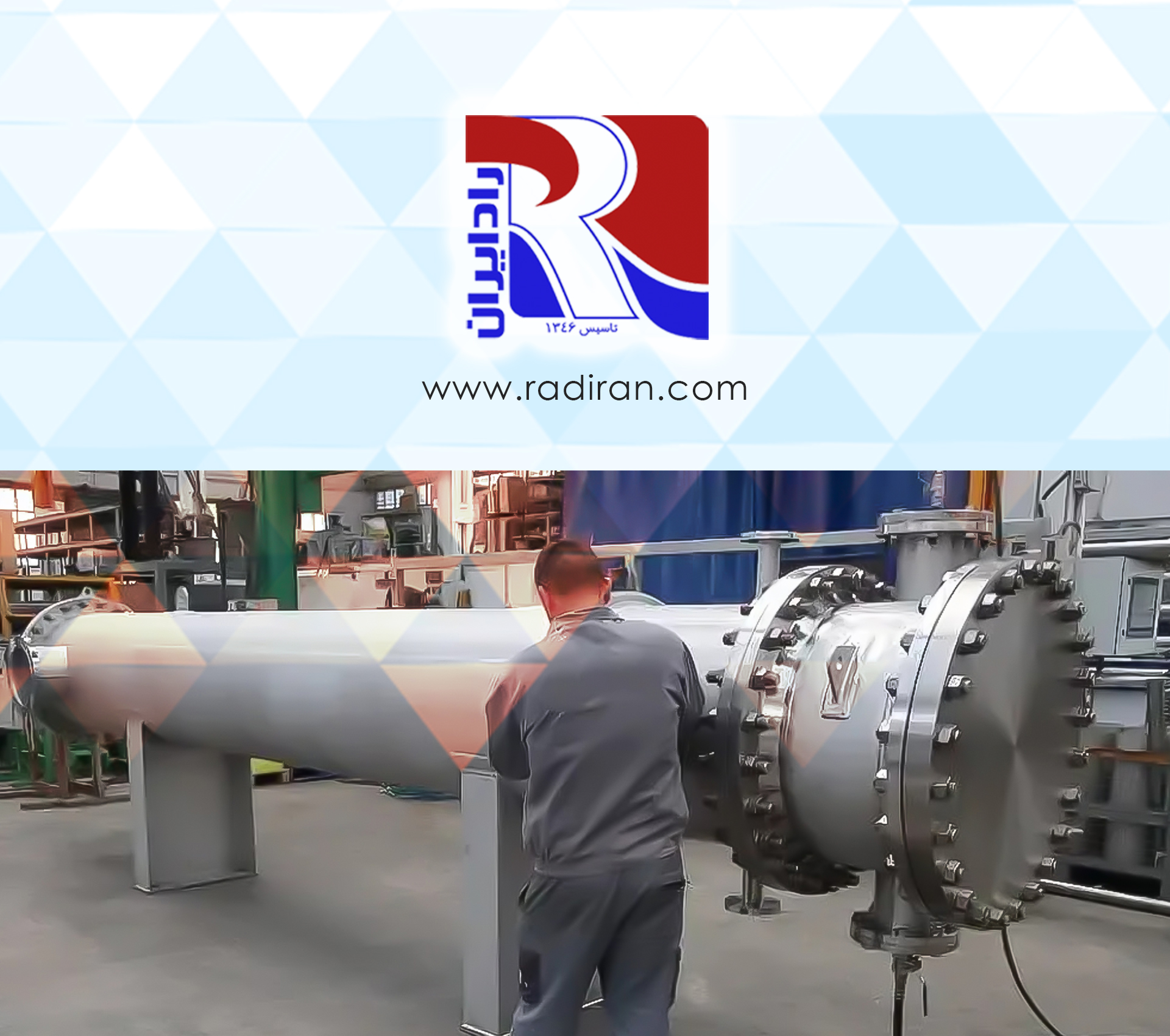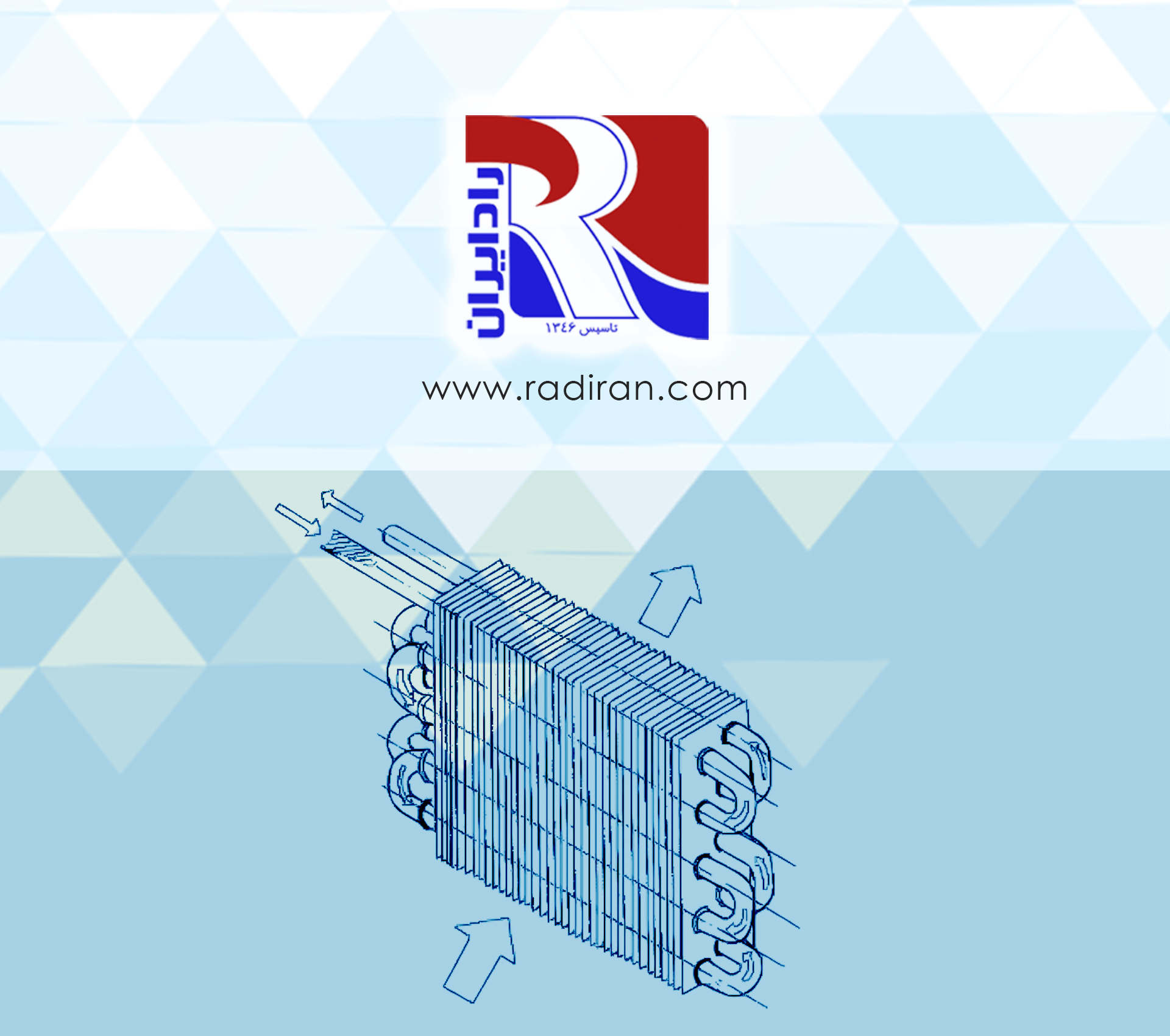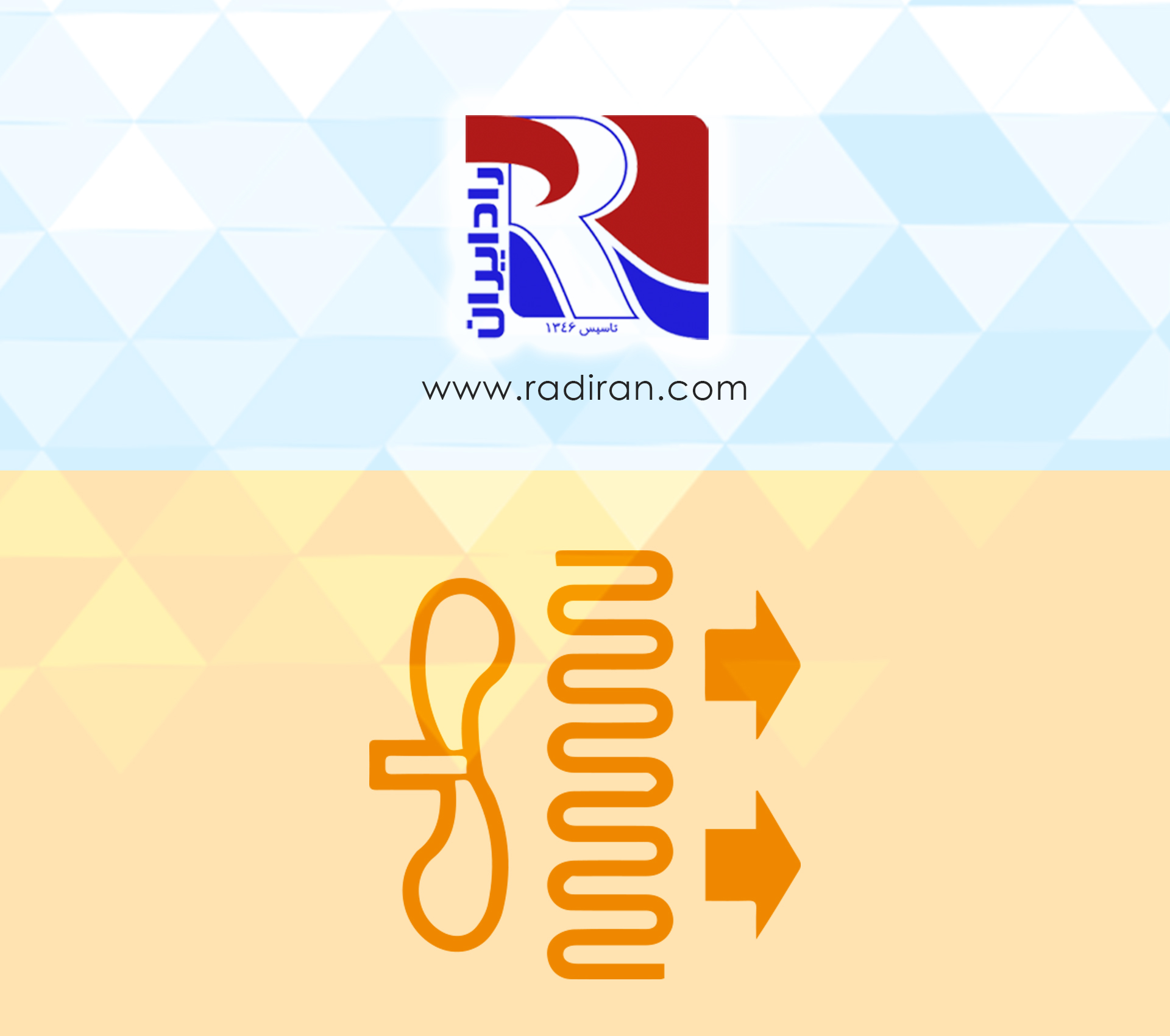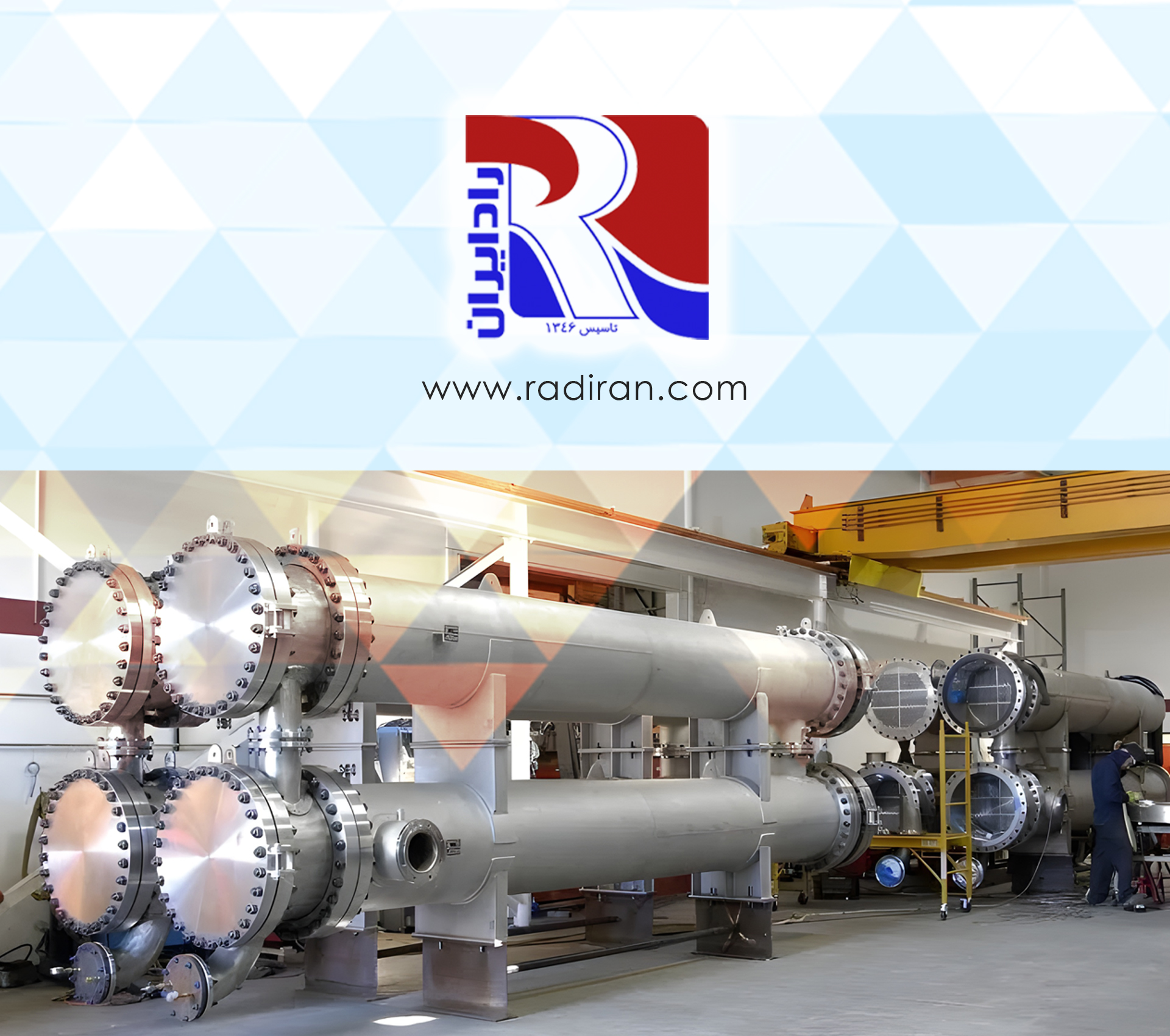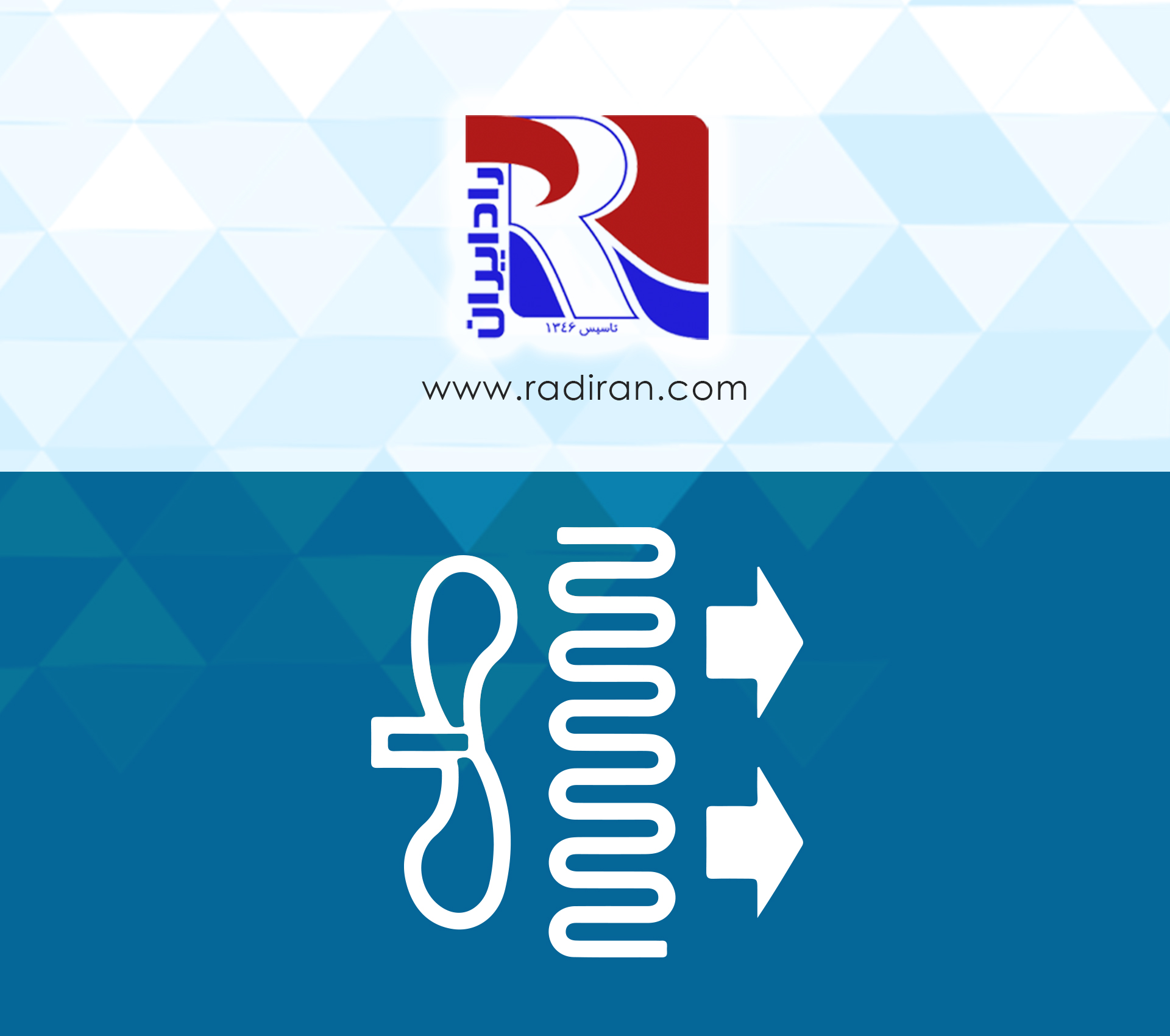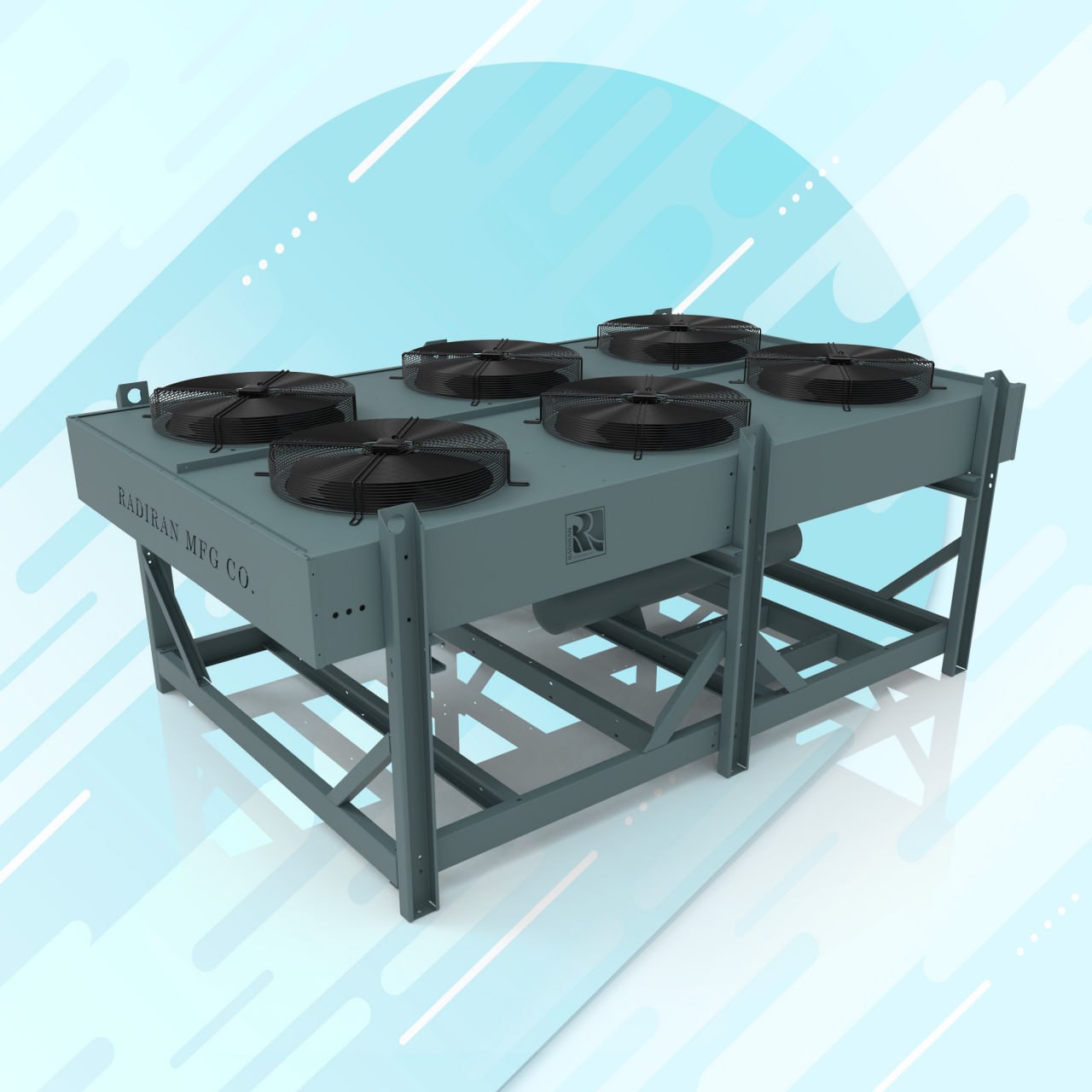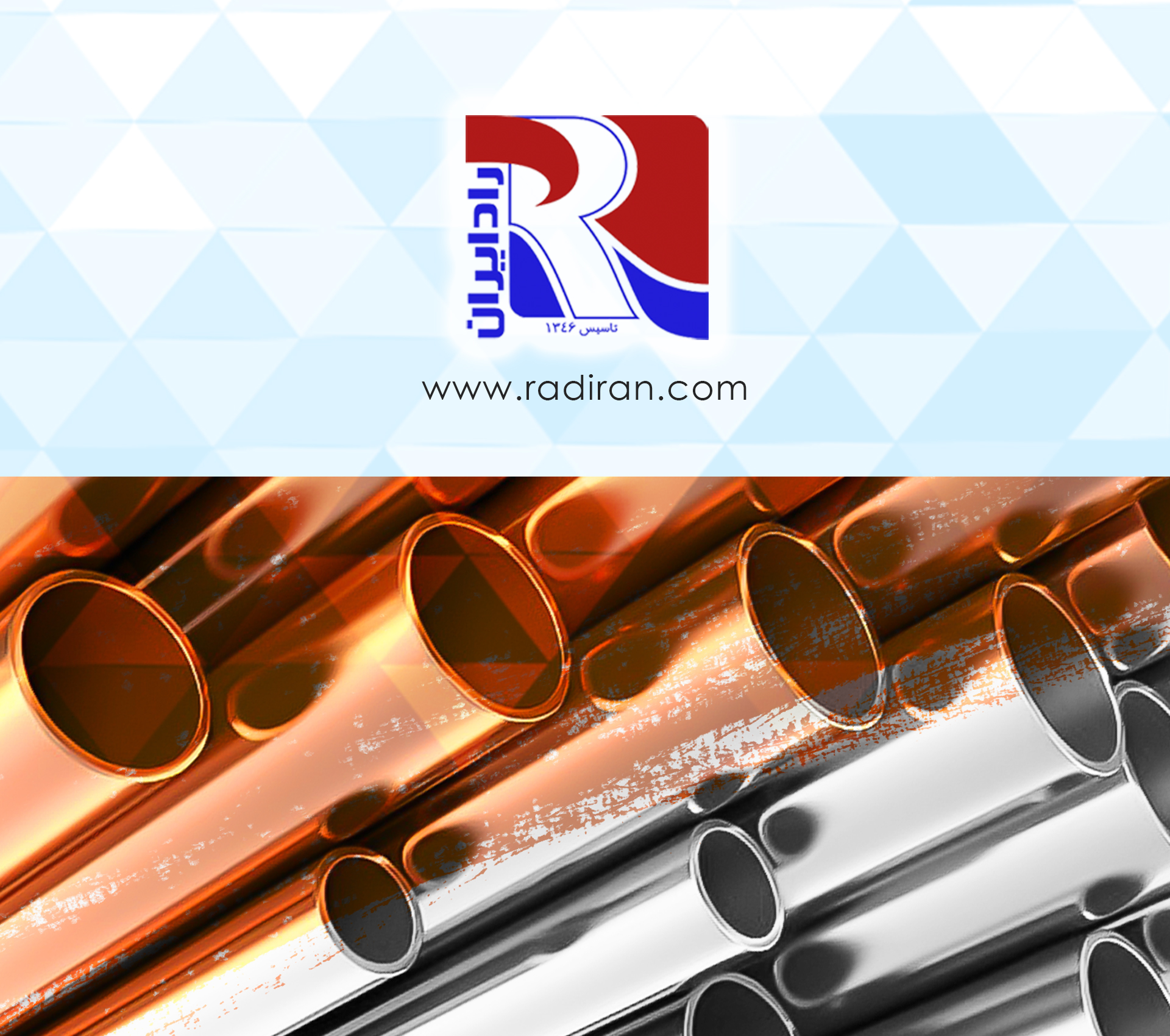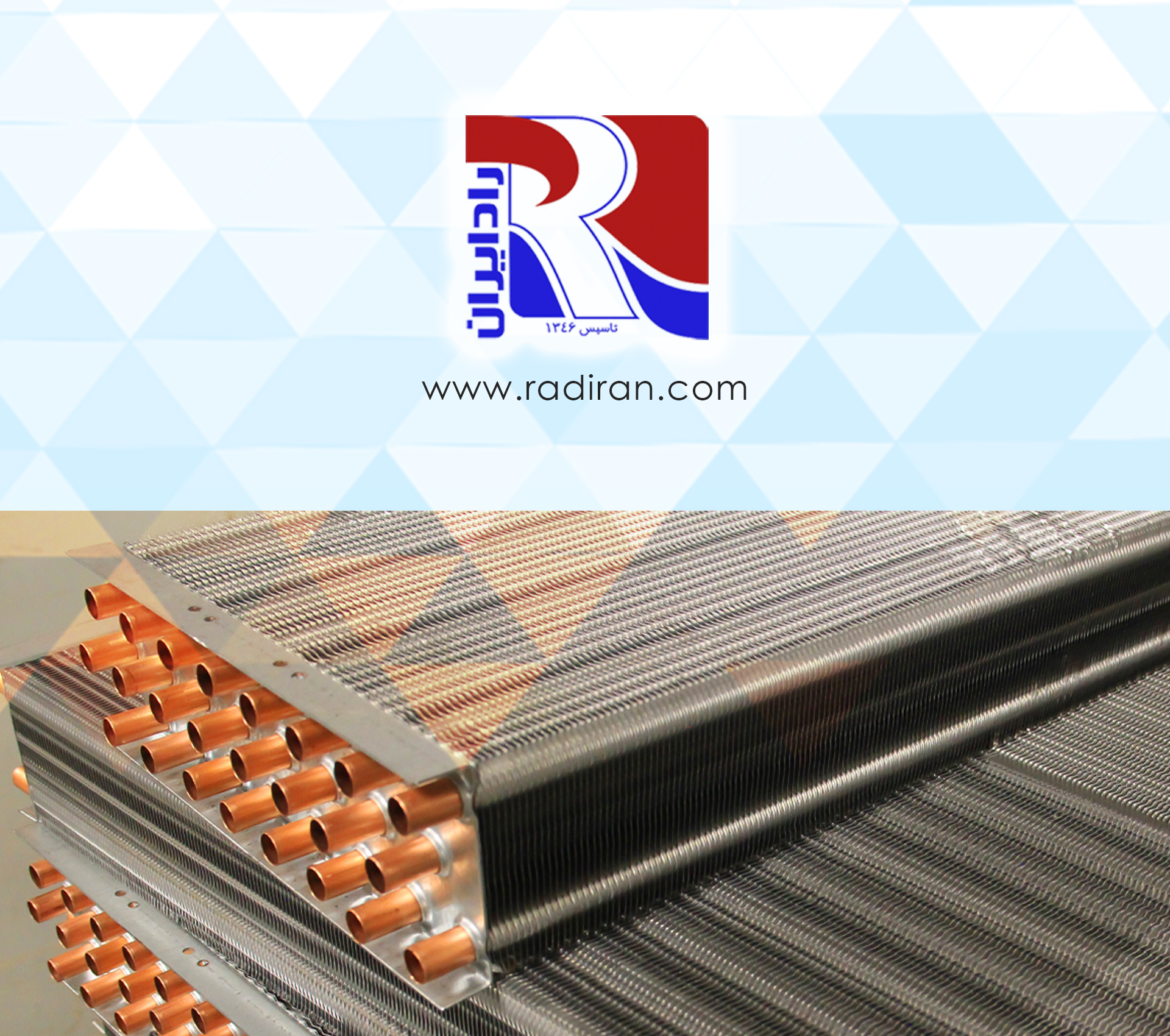What Techniques Maximize the Service Life of Shell-and-Tube Heat Exchangers?
Shell-and-tube heat exchangers, owing to their simple structure, enable effective heat transfer between different fluids and are therefore widely used in many industrial applications, including hydraulic-oil coolers. By implementing certain techniques, the operational lifespan of a shell-and-tube heat exchanger can be significantly extended, preventing unexpected production downtime and avoiding additional repair costs. The following sections examine key strategies for increasing the service life of shell-and-tube exchangers. Selecting a Shell-and-Tube Exchanger Based on Fluid Type One of the most impactful measures to enhance...

